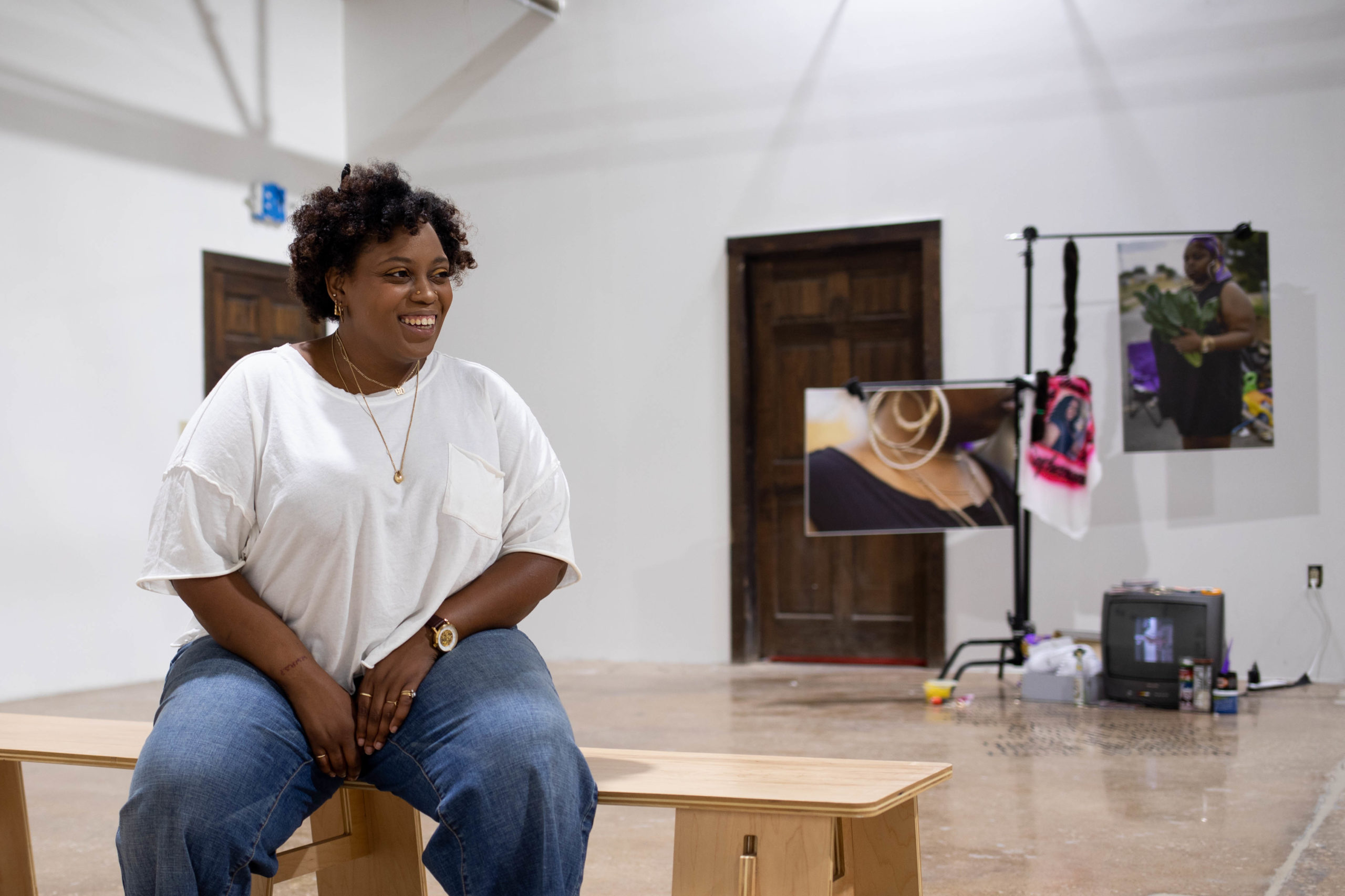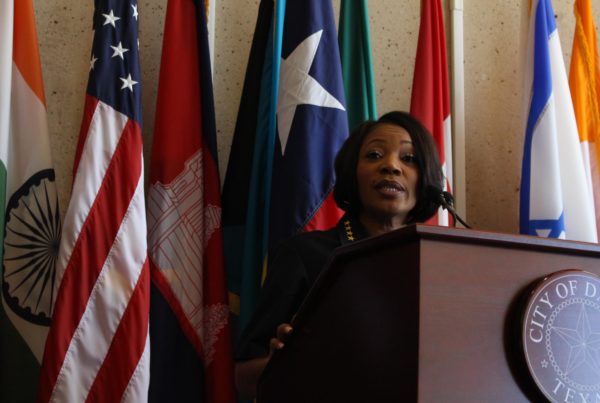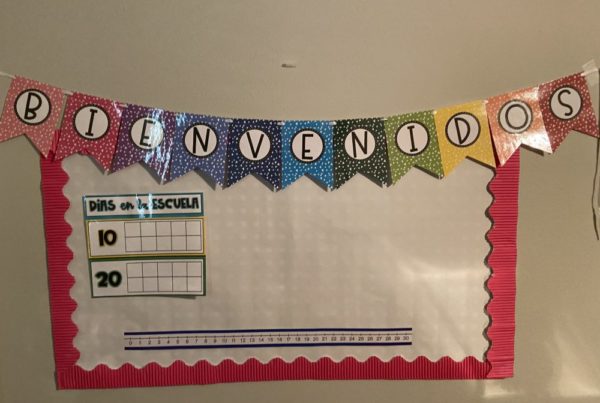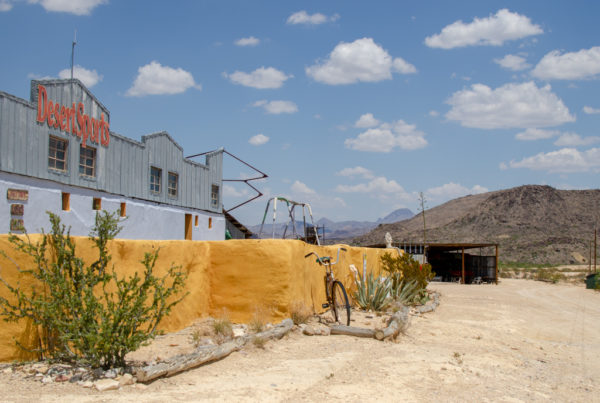From KERA/Art&Seek:
Editor’s Note: As the pandemic lays bare racial inequities in healthcare access and protests against police violence and racial injustice persist across the country, Art&Seek wanted to know what impact this moment in history was having on the creativity of Black artists in North Texas. In the second of a series of stories, multimedia artist Ciara Elle Bryant explains the power of Black imagery.
Miami left it’s mark on Ciara Elle Bryant.
“The houses were all these bright colors,” she remembers. “It just made me appreciate little things that were going on in people’s homes or things they were wearing.”
As a kid, Bryant would use her disposable camera to capture her hometown and its people.
The ’90s was ripe with inspiration for the young photographer.
Lauryn Hill on the cover of Vibe, million-dollar music videos from Hype Williams and Brandy as “Moesha” on the silver screen.
Seeing the young star shine in the blockbuster sitcom was among the many visuals Bryant was taking in.
“That was the first time I saw someone that looked like me in this role that had braids and that was falling in love and how important that was,” Bryant said.
Nowadays, she carries a camera everywhere she goes. The images she captures paint a complex portrait of her life as a Black woman.
“If I’m shooting or I’m doing a video or an installation, it all comes back down to, How am I showing the Black body through art in this way?” she said.
But her creative energy took a dive this year amid a pandemic and the wave of protests against police violence.
“The world was literally on fire,” Bryant said. “All these people are dying. How can I be in a state of creativity when I’m so concerned about my neighborhood, my community, myself and my mom?”
So, instead she spent months collecting images that spoke to what this moment felt like for her: Protest photos, women in mask and tributes to Breonna Taylor, as well as Twitter memes, posters and triumphant self-portraits.
“It just evolved into these moments of being,” she said. “What is existing and what is living? How do you show that?”
She created an installation using that visual archive that you could see from the windows of the Nasher Sculpture Center.
The piece, “Server,” offers a vast collage of images that are deeply personal to the artist but also speak to a shared Black experience.
“I’m very vulnerable at all times, and the work shows that,” Bryant said. “Me being vulnerable about my body, my existence, my childhood, the lack of childhood. I’m always sharing.”
But, Bryant said Black image-makers rarely have the agency of space to share those stories fully.
“The people that are in charge of distributing these images and these moments are the people that failed us,” she said.
This year, decision makers in the art world — and in media, entertainment, and sports — are scrambling to say or do something in light of growing calls for racial justice.
In July, Vanity Fair tapped Dario Calmese to shoot the cover. He became the first Black photographer to do so since the magazine was founded in 1913.
“Wow, you waited till people were making all this noise to be like ‘Maybe we’re kind of not being inclusive?’” Bryant said. “No, you’ve never taken the time, and even now, you’re not being inclusive. You’re jumping on a bandwagon.”
She says institutions are especially keen to capitalize on Black trauma right now.
As part of her practice, Bryant sat through videos of police shootings and 911 calls that have ended up online.
“Why are people immortalizing these moments that are traumatic and detrimental to Black people? Why are they preserved on the internet?” she said.
Bryant said while the Internet has helped propagate these painful artifacts, it has also opened the door for Black artists to more fully express themselves, creating opportunities to explore Black joy too.
“We have taken control of our narrative in a very specific way, and we can share as much as we want,” she said.
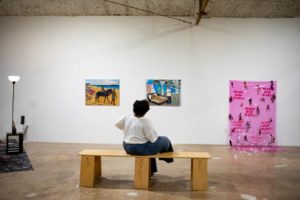
For “Vivrant Thang,” Bryant invited eleven local Black artists to share their work. It’s the first physical show in 500X Gallery’s new space.
For her latest show at 500X Gallery, Bryant invited eleven artists to do just that. She titled the show “Vivrant Thang,” after the Q-Tip song.
“Thinking about how joyous that song makes me feel, even 20 years later. I just want to take the moment and just enjoy it,” she said. “Moments where it is a shared experience of joy or a shared experience of recognition.”
Q-Tip’s song is a play on “vivant,” the French word for living. The very thing Bryant wants to capture in all its wonderful, awful, vibrant glory.


